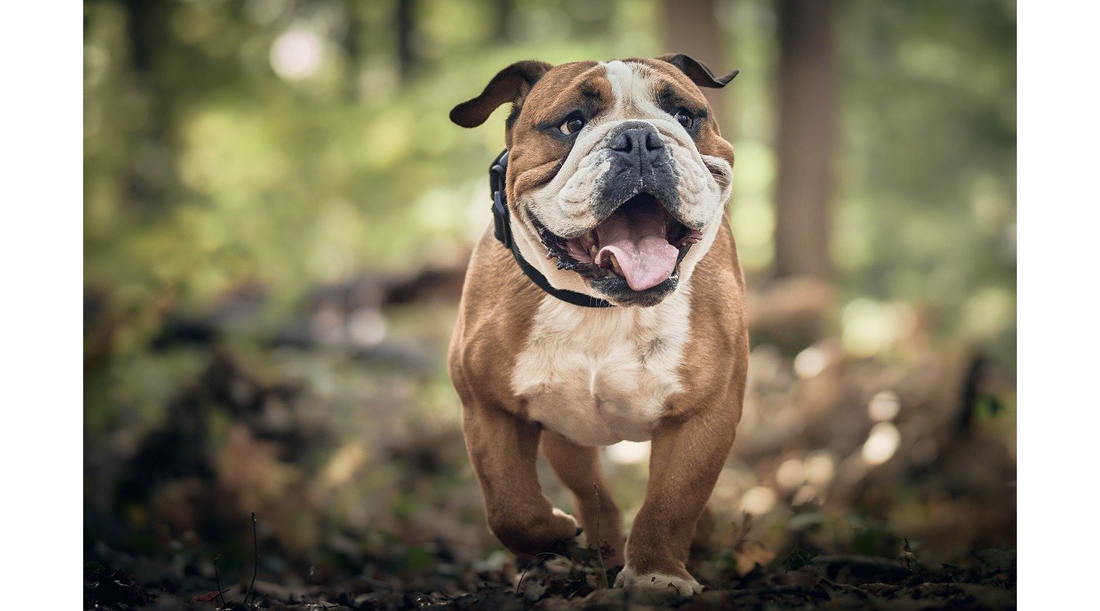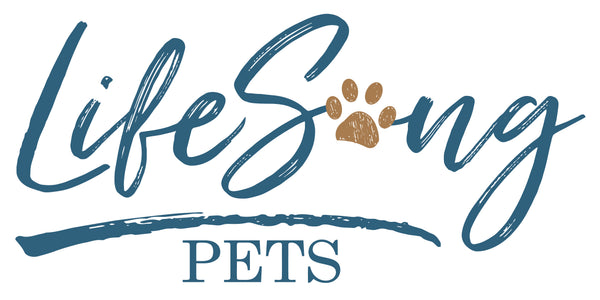
Positive Reinforcement Dog Training: A Compassionate Approach
LifeSong StaffPositive reinforcement dog training is a widely embraced method that focuses on rewarding desirable behaviors to encourage their repetition. Unlike traditional training methods that may rely on punishment or negative reinforcement, positive reinforcement is grounded in the principles of operant conditioning, which emphasize the use of rewards to strengthen behavior. This compassionate approach not only fosters a strong bond between dogs and their owners but also promotes a happy, well-adjusted canine companion.
Understanding Positive Reinforcement
Positive reinforcement involves adding a stimulus (reward) immediately after a desired behavior to increase the likelihood of that behavior being repeated. Common rewards include treats, praise, toys, or any other activity the dog finds pleasurable. The key to effective positive reinforcement is timing; the reward must be given immediately following the desired behavior so that the dog can make a clear association between the behavior and the reward.
Benefits of Positive Reinforcement Training
- Strengthened Bond: Positive reinforcement enhances the relationship between dogs and their owners. By using rewards and encouragement, dogs learn to trust their owners and are more willing to follow commands. This mutual respect and understanding lay the foundation for a lifelong bond built on trust and love.
- Increased Motivation: Dogs are naturally motivated by rewards. When they know that good behavior will result in a positive outcome, they are more likely to repeat that behavior. This motivation makes training sessions more enjoyable and productive for both the dog and the owner.
- Reduced Fear and Anxiety: Unlike punishment-based methods, positive reinforcement does not involve fear or intimidation. Dogs trained with positive reinforcement are less likely to develop fear-based behaviors or anxiety, resulting in a more confident and well-adjusted pet.
- Versatility: Positive reinforcement can be used to teach a wide range of behaviors, from basic commands like "sit" and "stay" to complex tricks and agility training. It is effective for dogs of all ages, breeds, and temperaments.
- Improved Behavior: By consistently rewarding good behavior, dogs learn what is expected of them and are less likely to engage in undesirable behaviors. This leads to better manners and a more harmonious household.
Key Principles of Positive Reinforcement Training
- Consistency: Consistency is crucial in positive reinforcement training. Dogs need clear and consistent signals to understand what behaviors are being rewarded. This means everyone in the household should use the same commands and reward the same behaviors.
- Timing: The reward must be given immediately after the desired behavior. This helps the dog make a direct connection between the behavior and the reward. Delayed rewards can confuse the dog and reduce the effectiveness of the training.
- Appropriate Rewards: Not all rewards are equally motivating for every dog. Some dogs may prefer treats, while others may respond better to praise or playtime. It is important to identify what your dog finds most rewarding and use that to reinforce good behavior.
- Gradual Progression: Start with simple commands and gradually progress to more complex behaviors. Break down complex tasks into smaller, manageable steps and reward each step along the way. This helps the dog understand what is expected and builds confidence.
- Patience and Positivity: Positive reinforcement training requires patience and a positive attitude. Dogs may not always get it right on the first try, and it is important to remain patient and encouraging. Avoid frustration and focus on celebrating small successes.
Practical Tips for Positive Reinforcement Training
- Start with Basic Commands: Begin with simple commands like "sit," "stay," "come," and "down." These basic commands provide a foundation for more advanced training. Use treats or toys as rewards and practice in short, frequent sessions to keep the dog engaged.
- Use a Clicker: Clicker training is a popular method of positive reinforcement. A clicker is a small device that makes a distinct sound when pressed. The sound is used to mark the exact moment the desired behavior occurs, followed by a reward. This helps the dog understand precisely what behavior is being rewarded.
- Create a Positive Training Environment: Choose a quiet, distraction-free environment for training sessions. This helps the dog focus and reduces the likelihood of distractions. As the dog becomes more proficient, gradually introduce distractions to help them generalize the behavior to different environments.
- Be Patient and Consistent: Training takes time, and progress may be slow at first. Remain patient and consistent with your training efforts. Celebrate small victories and continue to build on them. Remember, positive reinforcement is about encouraging and rewarding good behavior, not punishing mistakes.
- Incorporate Training into Daily Routine: Make training a part of your daily routine. Use meal times, walks, and playtime as opportunities to reinforce good behavior. This helps the dog see training as a regular part of their day and not just a separate activity.
- Seek Professional Help if Needed: If you encounter challenges or if your dog has specific behavioral issues, consider seeking the help of a professional dog trainer who specializes in positive reinforcement. They can provide guidance and support to help you and your dog succeed.
Conclusion
Positive reinforcement dog training is a humane and effective approach that benefits both dogs and their owners. By focusing on rewarding desirable behaviors, it fosters a strong bond, reduces fear and anxiety, and promotes a well-behaved and happy canine companion. With patience, consistency, and a positive attitude, positive reinforcement training can transform your relationship with your dog and create a harmonious and fulfilling life together.
